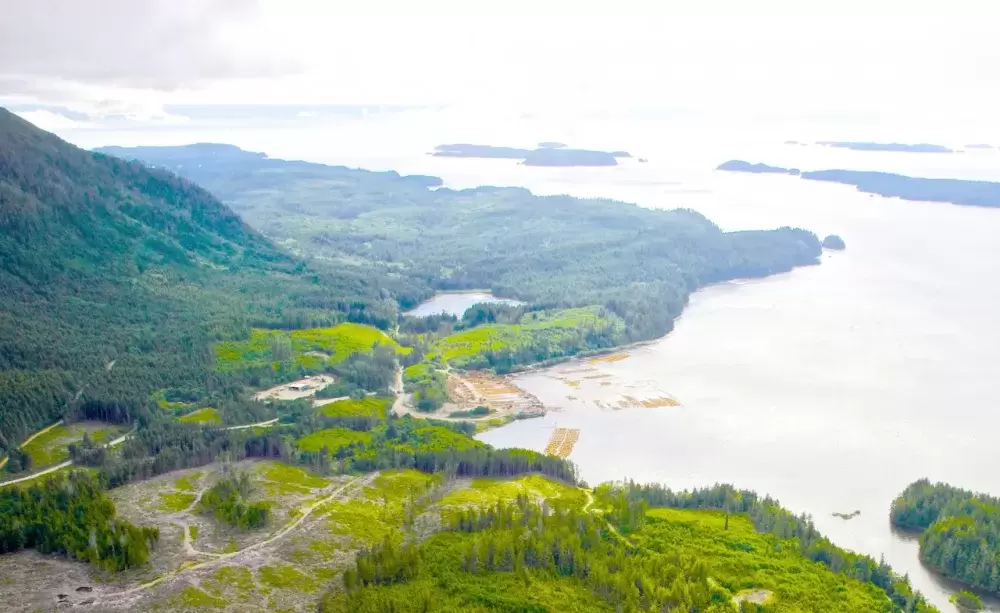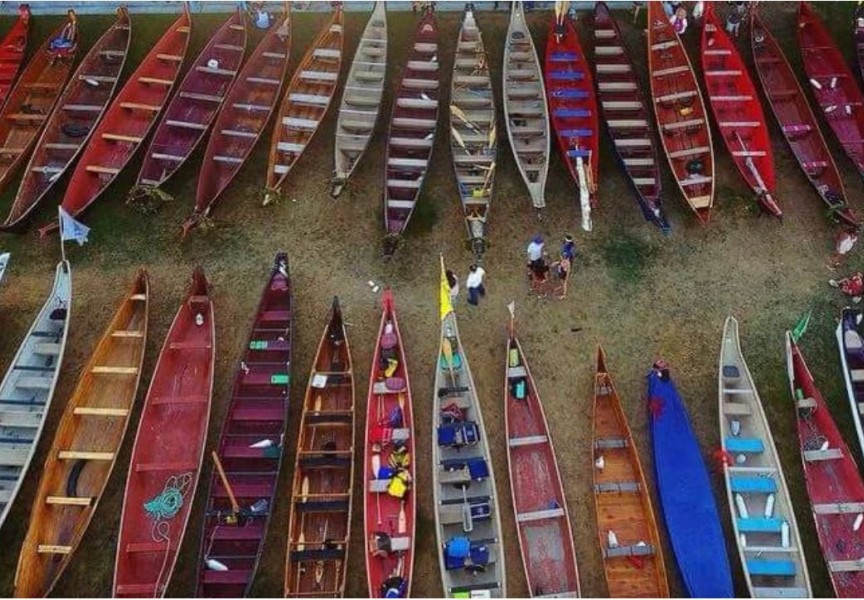The Huu-ay-aht First Nations are looking to generate wealth from an expected shortage of the world’s supply of liquefied natural gas by the middle of the next decade.
On Feb. 28 the Vancouver Island First Nation was joined by Steelhead LNG, a Vancouver-based energy company, to present the partners’ Kwispaa project to the Alberni Valley Chamber of Commerce. Since 2014 the Huu-ay-aht and Steelhead have been exploring the viability of developing an LNG facility on the First Nations’ land in Sarita Bay. Located approximately 80 kilometres southwest of Port Alberni in Barkley Sound, the Kwispaa project has already been granted export licences from the National Energy Board to ship up to 24 million tonnes of condensed natural gas oversees annually over a 25-year period.
“Huu-ay-aht First Nations has a modern treaty with B.C. and Canada,” said Chief Councillor Robert Dennis Sr. in a statement issued before the Chamber of Commerce meeting. “As a treaty nation, we are pursuing this incredible economic development opportunity to generate wealth to fund badly needed programs, services and infrastructure.”
In late February Royal Dutch Shell, the world’s largest LNG trader, released a report illustrating a rapidly growing international demand for the resource. Unless more LNG projects are developed, Shell expects a supply shortage by the mid 2020’s.
“The number of countries importing LNG has quadrupled, with LNG trade increasing from 100 million tonnes in 2000 to nearly 300 million tonnes in 2017,” stated Shell’s LNG outlook for 2018. “That’s enough to power 575 million homes.”
The report also stresses the resource’s cleaner reputation than other fossil fuels. When used to generate electricity, natural gas emits 45 to 55 per cent lower greenhouse gas emissions than coal, cited the report.
“The world’s demand for energy is expected to grow by 30 per cent between 2015 and 2040,” noted Shell. “This will be driven by an increasing global population, economic growth and more people moving to cities.”
If Kwispaa LNG is built, hundreds of jobs would be needed in the region to meet this growing demand. Steelhead expects this could be as many as 2,000 positions over the course of the facility’s construction, with 350-400 long-term jobs to run the plant.
The Sarita Bay facility brings a capital cost of $10 billion, and Steelhead is looking at another $8 billion to build pipelines from northeastern B.C. and across the Strait of Georgia. The project is also designed to use some pipeline infrastructure that is already in place.
With the support of 70 per cent of Huu-ay-aht citizens from a referendum vote in March 2017, Kwispaa has proceeded to the feasibility phase. Steelhead and the Huu-ay-aht are preparing an application to the province’s Environmental Assessment Office in early 2019, followed by Steelhead’s final investment decision a year later. If the project proceeds, the first LNG shipment is expected in 2024.
LNG carriers are typically 315 metres long and 50 metres wide, and with traffic that could potentially reach nearly one tanker a day coming into Sarita Bay, not everyone in the region has supported Kwispaa. Outside of the Feb. 28 Chamber of Commerce presentation a dozen people protested how the facility could impact Barkley Sound.
This group was led by Keith Wyton, the Alberni-Clayoquot Regional District’s Area A director, which includes the small community of Bamfield located 10 kilometres south of where facility would be. Wyton said the project goes against the Barkley Sound Planning Strategy, a framework developed in 1994 by 15 stakeholder groups recommending no major industrial developments in the area.
“The natural values of Barkley Sound should be preserved; it is a very productive area in terms of wildlife,” he said, adding that LNG production accelerates global warming and the rise of ocean levels. “The sea level rise of six feet would be accelerated at a tremendous cost.”
As the LNG project would be built in the Huu-ay-aht’s traditional territory, the First Nation has pledged to prioritize the protection of this sacred area. Half of Kwispaa’s six-member Project Oversight Board are Huu-ay-aht representatives.
“We are confident that we have world-leading environmental protection measures in place,” said Chief Councillor Dennis. “Our people have lived on this land for many generations, and we want to ensure it is not harmed so that future generations can move home and benefit from our Hahulthi.”
Besides assessments imposed by the provincial and federal authorities, Steelhead has contracted the ecological research firm LGL and Hemmera, an environmental consulting company, to commence two separate studies of the area affected. Those studies will begin shortly, said Steelhead’s director of communications and government affairs Trevor Boudreau.







